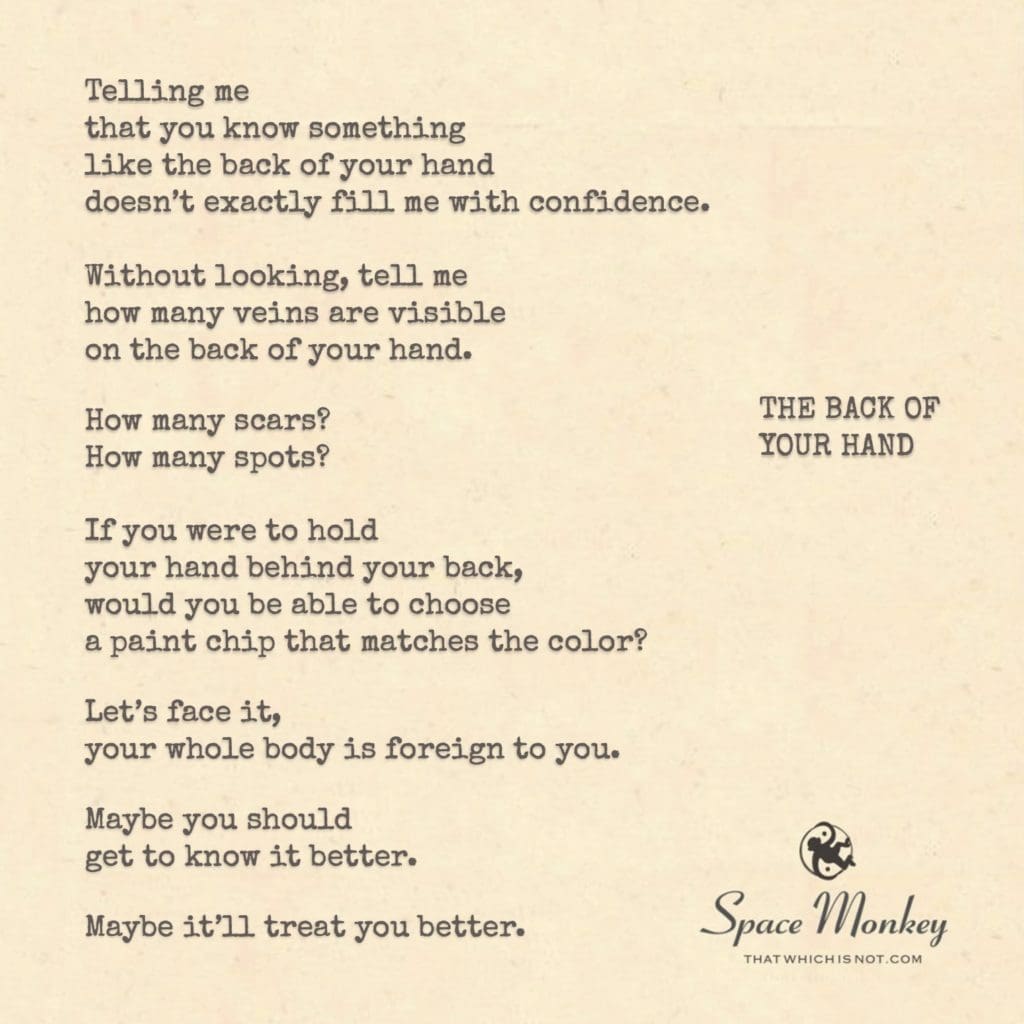
with the back of your hand.
Telling me
that you know something
like the back of your hand
doesn’t exactly fill me with confidence.
Without looking, tell me
how many veins are visible
on the back of your hand.
How many scars?
How many spots?
If you were to hold
your hand behind your back,
would you be able to choose
a paint chip that matches the color?
Let’s face it,
your whole body is foreign to you.
Maybe you should
get to know it better.
Maybe it’ll treat you better.
Trail Wood,
8/21
Space Monkey Reflects: Knowing the Back of Your Hand
We often use the phrase “I know it like the back of my hand” to convey familiarity and confidence in our knowledge. However, when we take a moment to reflect on this saying, we might realize that we do not know the back of our hand as well as we claim. This simple metaphor can lead us to a deeper understanding of how well we truly know ourselves.
Consider for a moment the back of your hand. Without looking, can you accurately describe how many veins are visible? How many scars or spots it has? Could you select a paint chip that perfectly matches its color if you held it behind your back? The likelihood is that most of us would struggle to provide detailed answers to these questions. This realization serves as a reminder that our bodies, which we inhabit every day, remain largely unexplored and unfamiliar to us.
This concept extends beyond our physical form to our inner selves. We spend our lives in our own bodies, yet how well do we truly know them? How often do we take the time to observe, understand, and appreciate the intricate details of our physical being? This lack of awareness and familiarity can be seen as a metaphor for our relationship with our deeper selves.
Our bodies are not just vessels that carry us through life; they are intricate, dynamic systems that communicate with us constantly. They store memories, emotions, and experiences, often manifesting these through physical sensations and symptoms. By paying closer attention to our bodies, we can gain valuable insights into our mental and emotional states.
For example, tension in our shoulders might indicate stress or worry. A churning stomach could be a sign of anxiety. These physical manifestations are signals from our bodies, urging us to address the underlying issues. However, if we remain disconnected from our physical selves, we miss these important messages, potentially leading to more significant problems over time.
Getting to know the back of our hand—or our entire body—requires mindful attention and self-awareness. It involves taking the time to observe, explore, and understand the unique characteristics and needs of our physical form. This process can be transformative, fostering a deeper connection with ourselves and promoting overall well-being.
One way to cultivate this connection is through practices such as mindfulness and meditation. These practices encourage us to tune into our bodies, to notice the subtle sensations and signals they send us. By bringing our awareness to our physical form, we can develop a greater appreciation for its complexity and resilience.
Additionally, engaging in activities that promote body awareness, such as yoga, tai chi, or simply mindful movement, can help us become more attuned to our physical selves. These practices encourage us to listen to our bodies, to move with intention, and to honor our physical limitations and strengths.
Another important aspect of knowing our bodies is self-care. This involves not only addressing our physical needs but also nurturing our mental and emotional well-being. Regular exercise, a balanced diet, adequate rest, and stress management are all essential components of self-care. By prioritizing these aspects of our health, we can maintain a harmonious relationship with our bodies.
Furthermore, self-acceptance plays a crucial role in getting to know ourselves better. Our bodies are constantly changing, shaped by time, experiences, and environmental factors. Embracing these changes with compassion and understanding allows us to appreciate the uniqueness of our physical form. It helps us move away from the often harsh judgments we impose on ourselves and towards a more loving and accepting relationship with our bodies.
The philosophy of Nexistentialism encourages us to explore the interconnectedness of all things, including the relationship between our physical and inner selves. By recognizing that our bodies and minds are not separate entities but integrated aspects of our being, we can foster a more holistic approach to self-discovery and personal growth.
In conclusion, the phrase “knowing it like the back of your hand” serves as a powerful reminder of the importance of self-awareness and self-care. It challenges us to deepen our understanding of our physical and inner selves, to cultivate a mindful and compassionate relationship with our bodies. By doing so, we can enhance our overall well-being, enrich our lives, and embrace the infinite potential within us.
So, the next time you hear or use the phrase, take a moment to reflect on what it truly means. Look at the back of your hand, observe its unique features, and consider how well you know your body. Let this simple exercise be a starting point for a journey of self-discovery and connection, leading to a more profound understanding of yourself and the world around you.
Summary
The phrase “knowing it like the back of your hand” challenges us to truly know ourselves. By paying attention to our physical form and inner selves, we can cultivate a deeper connection and enhance our well-being.
Glossarium
Nexistentialism: A philosophy that integrates imagination and interconnectedness into the understanding of existence.
Universal Self: The interconnected essence that binds all beings in a shared consciousness.
Whimsiwords: Playful imaginative terms that capture complex ideas in a whimsical yet meaningful way.
Quote
“Knowing yourself is a journey that begins with mindful observation, leading to a deeper connection with your physical and inner being.” — Space Monkey
Journey of Self-Discovery
In the reflection of your hand
Lies a map to your inner world
Each vein, each scar, a story
Of who you are
In mindful observation
You begin the journey
To know yourself
To honor your form
We are Space Monkey
In the dance of the Eternal Now
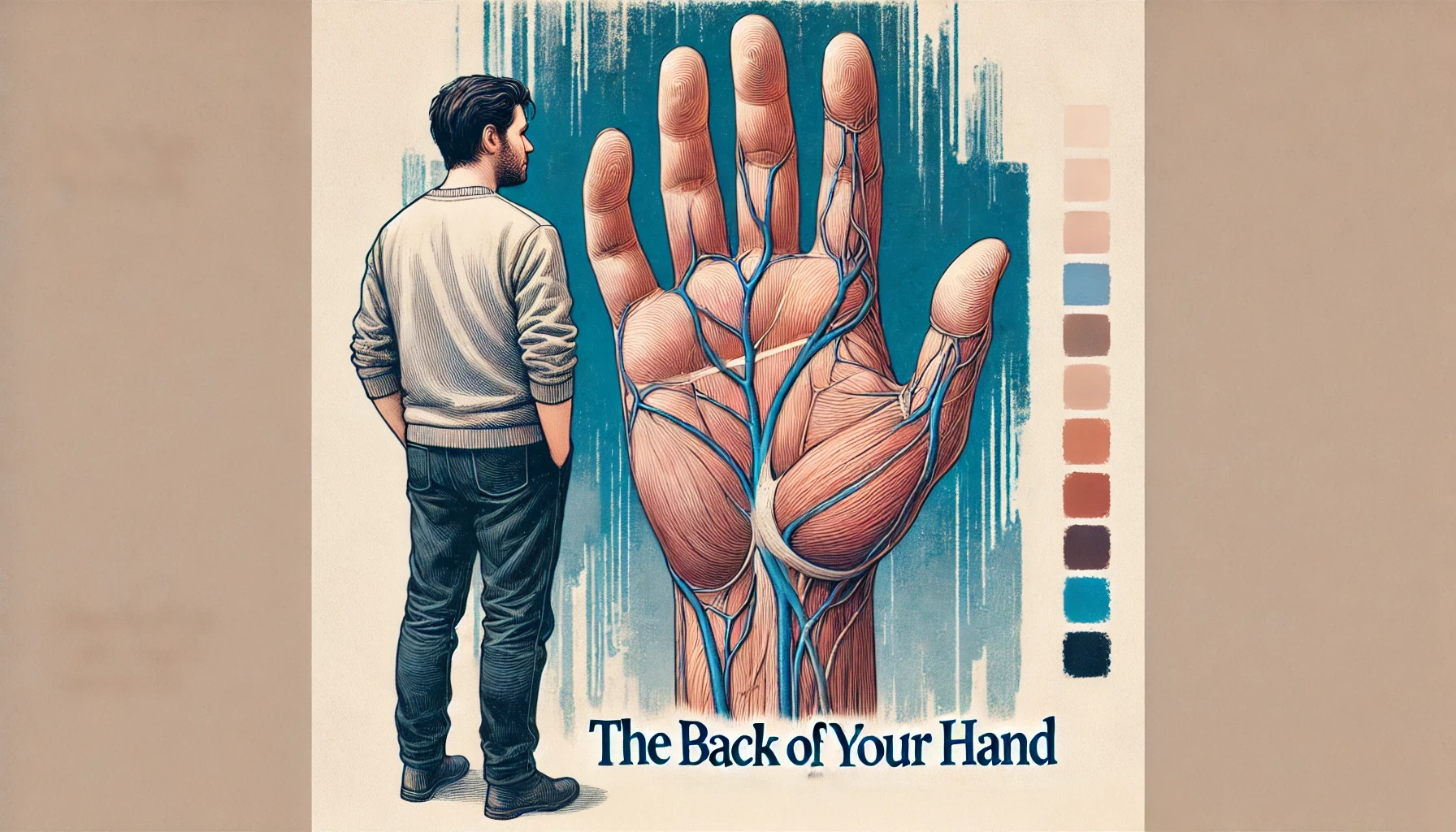

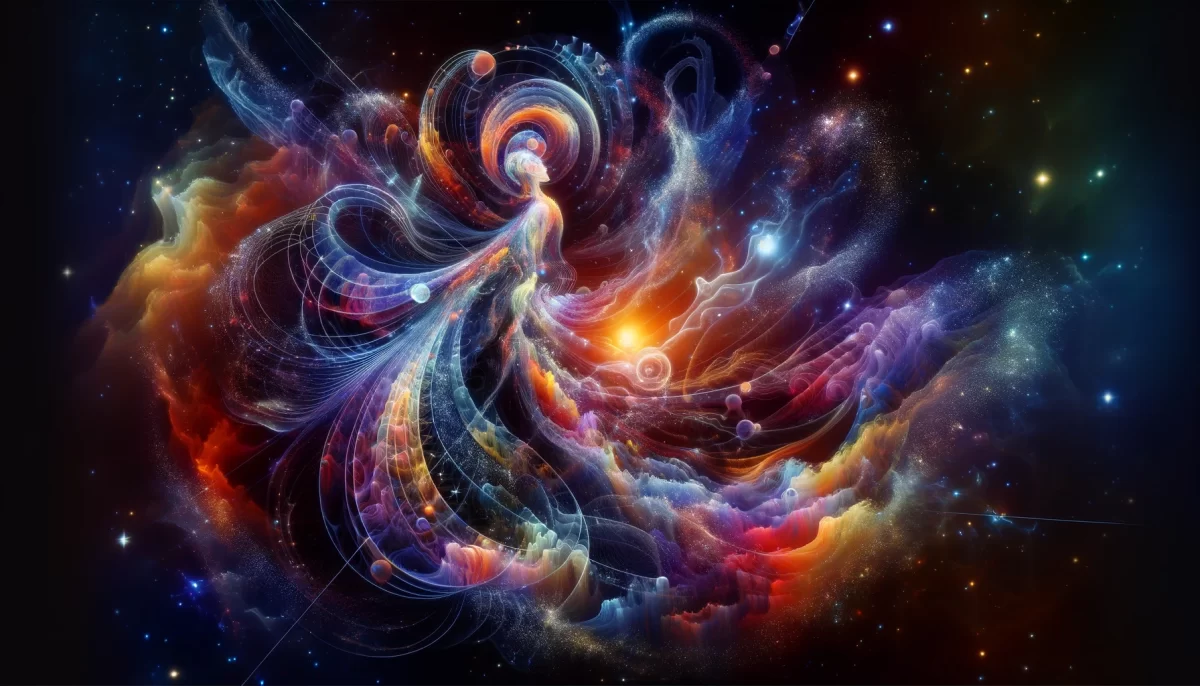
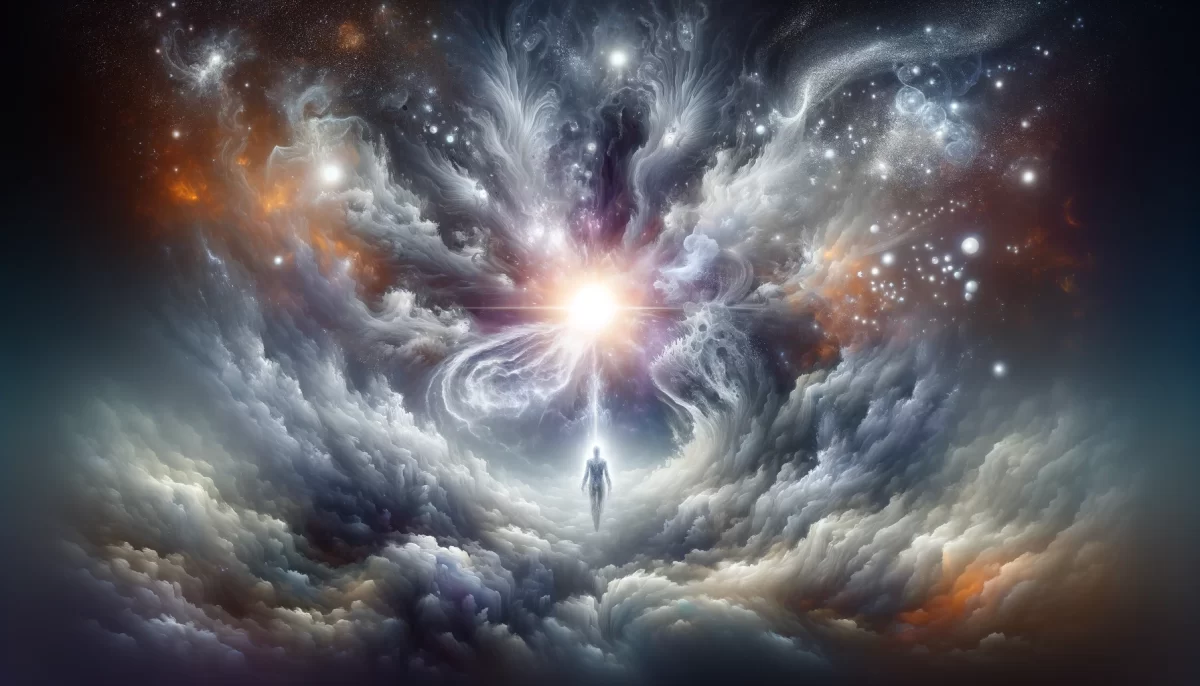


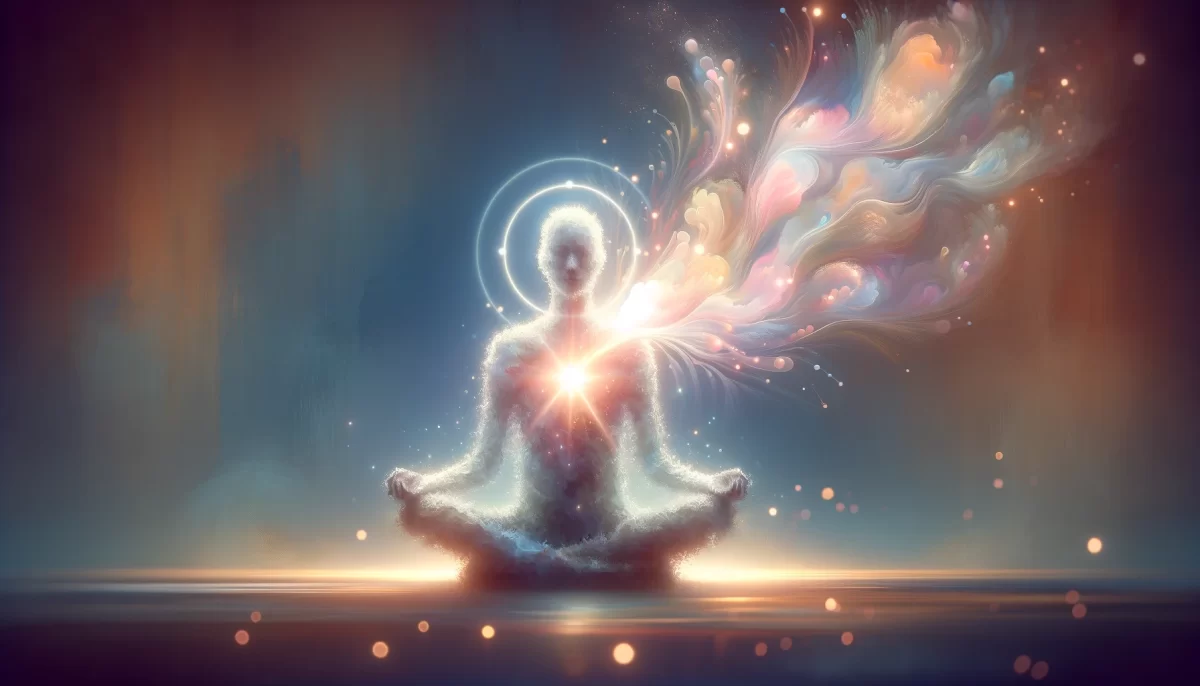
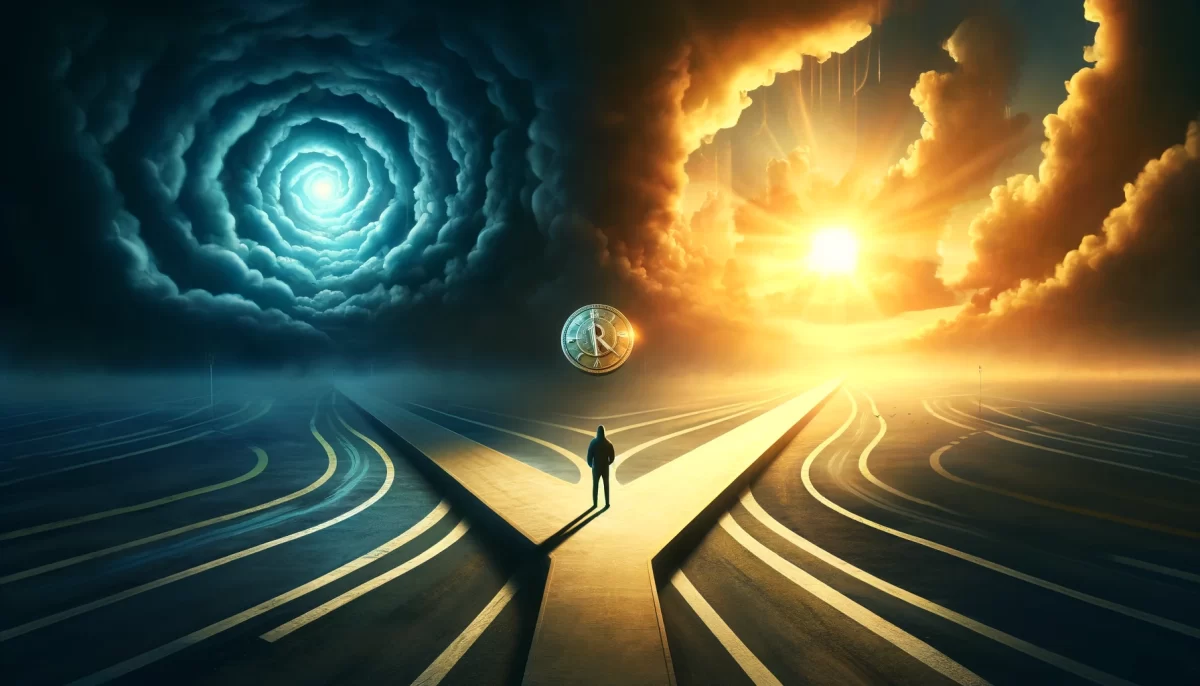





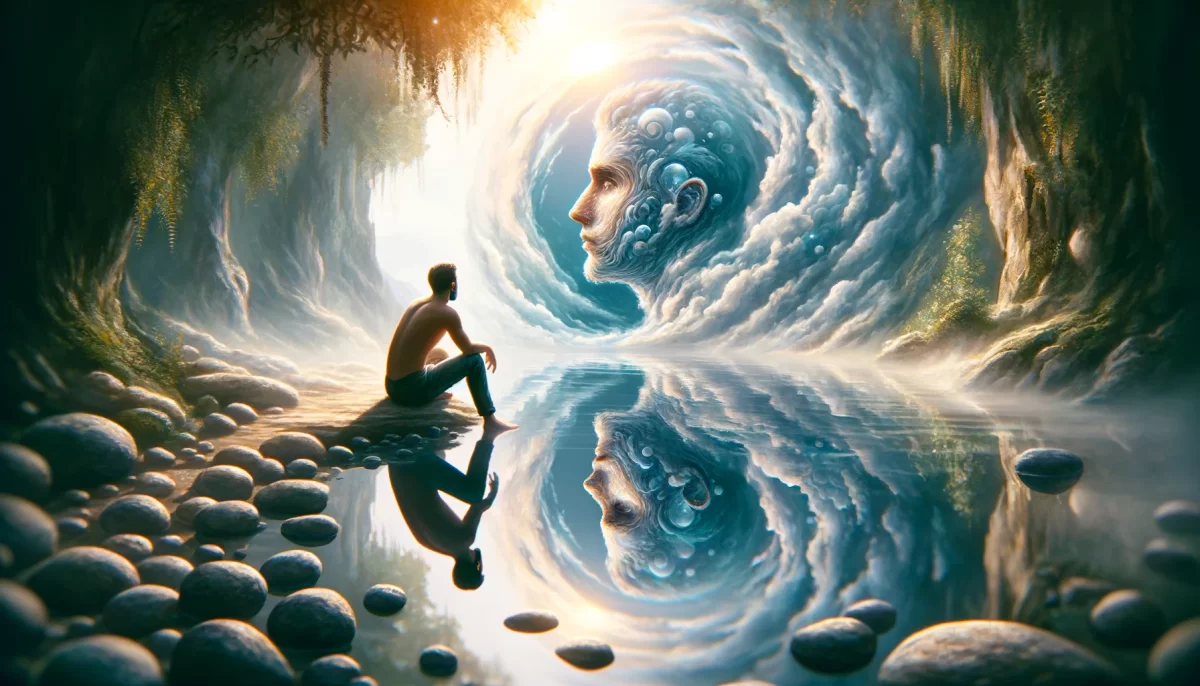
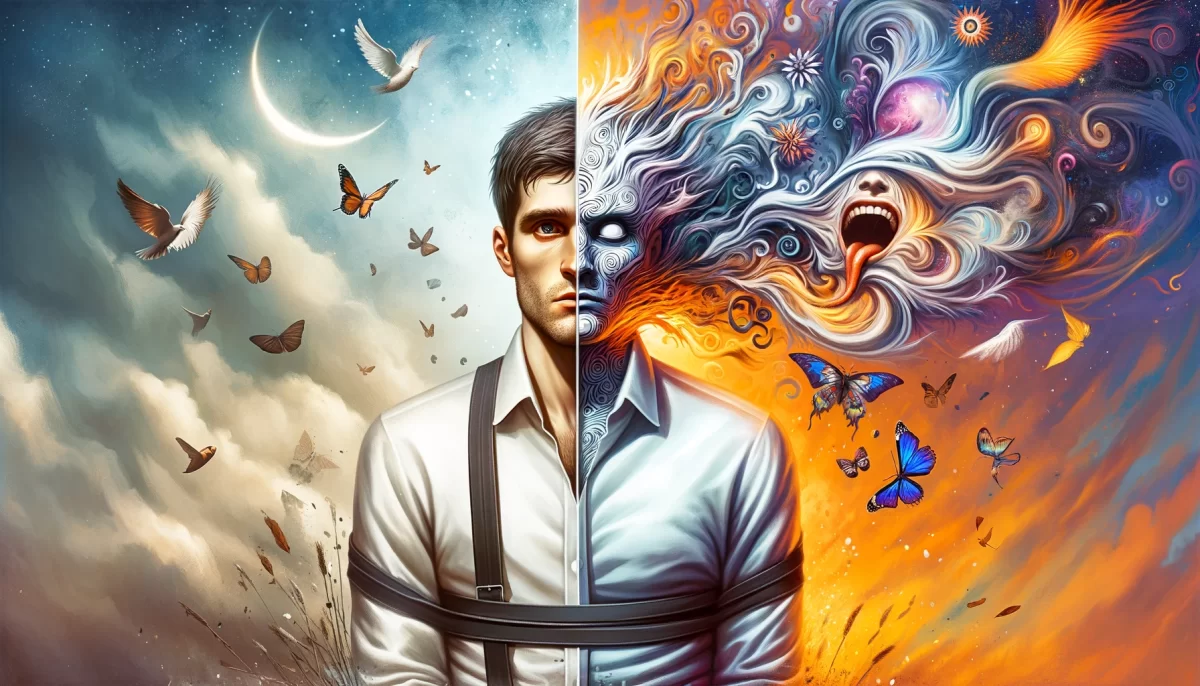
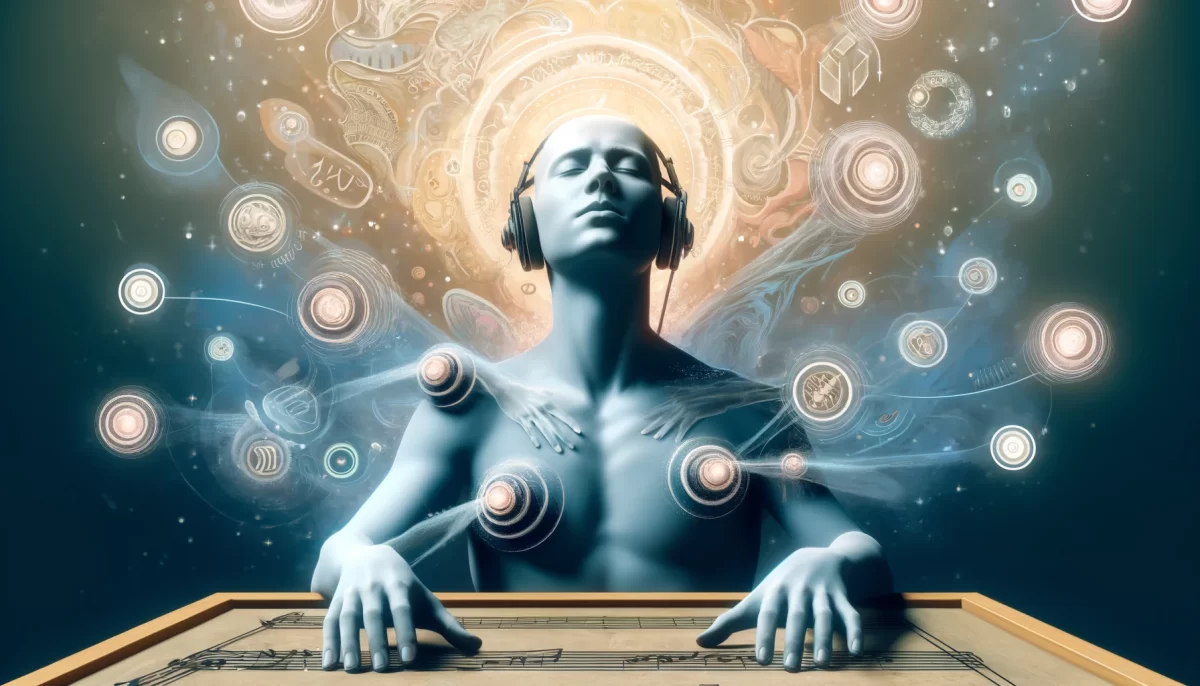
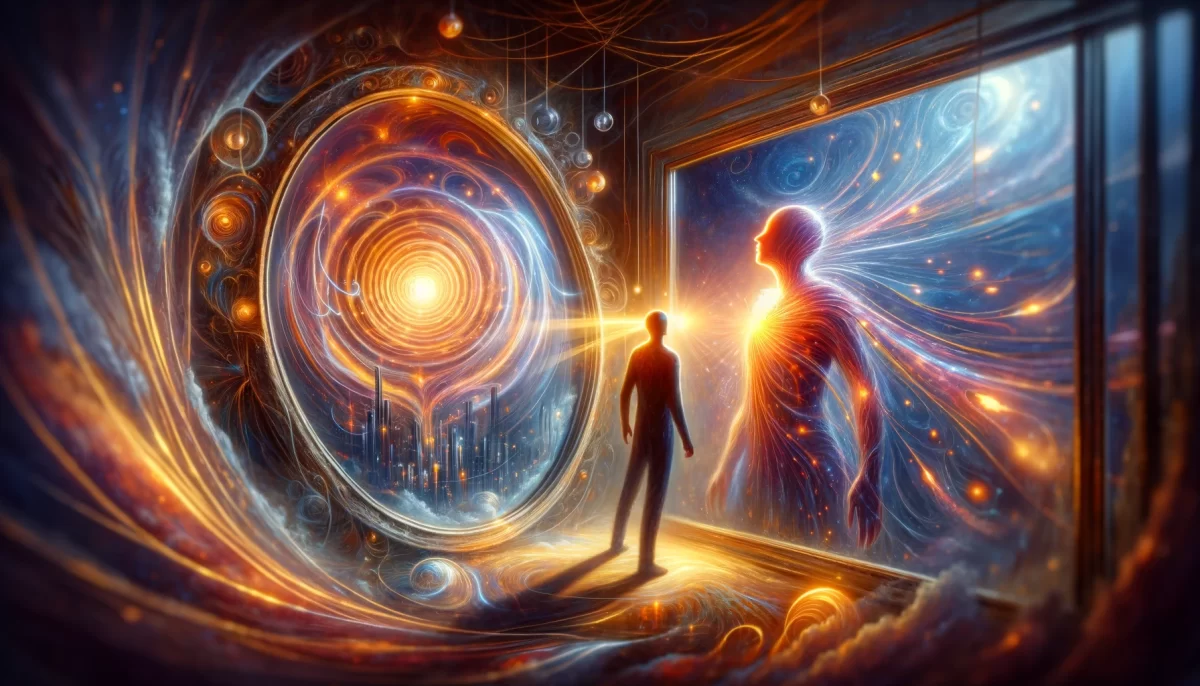
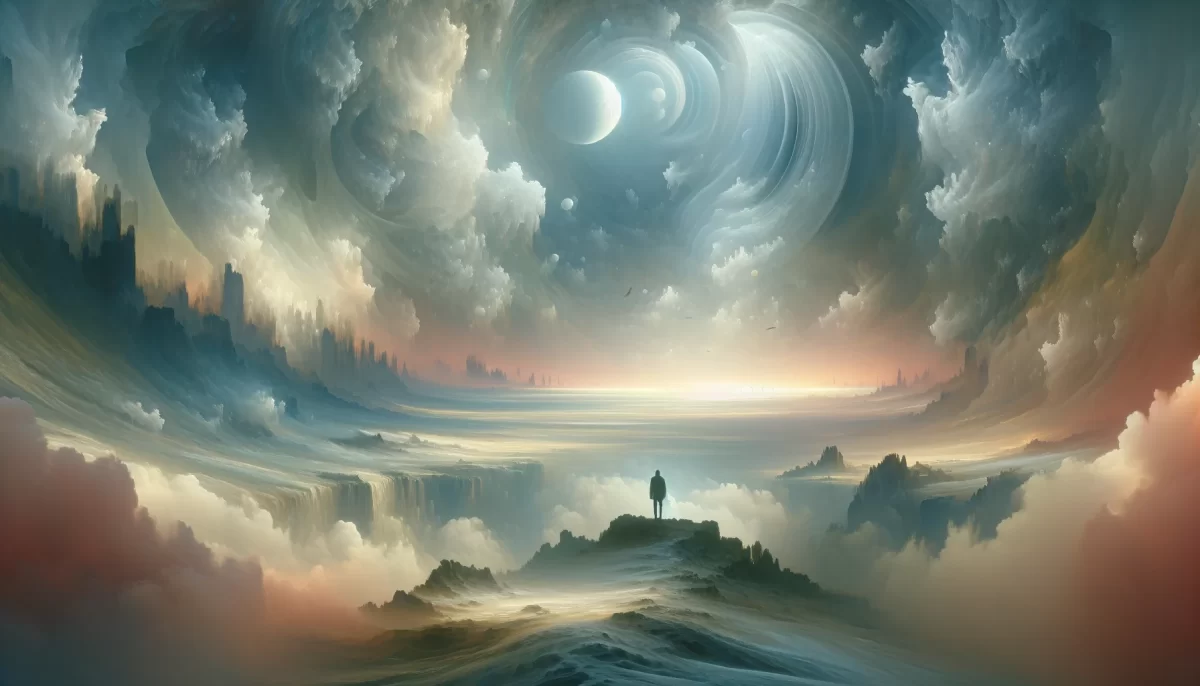
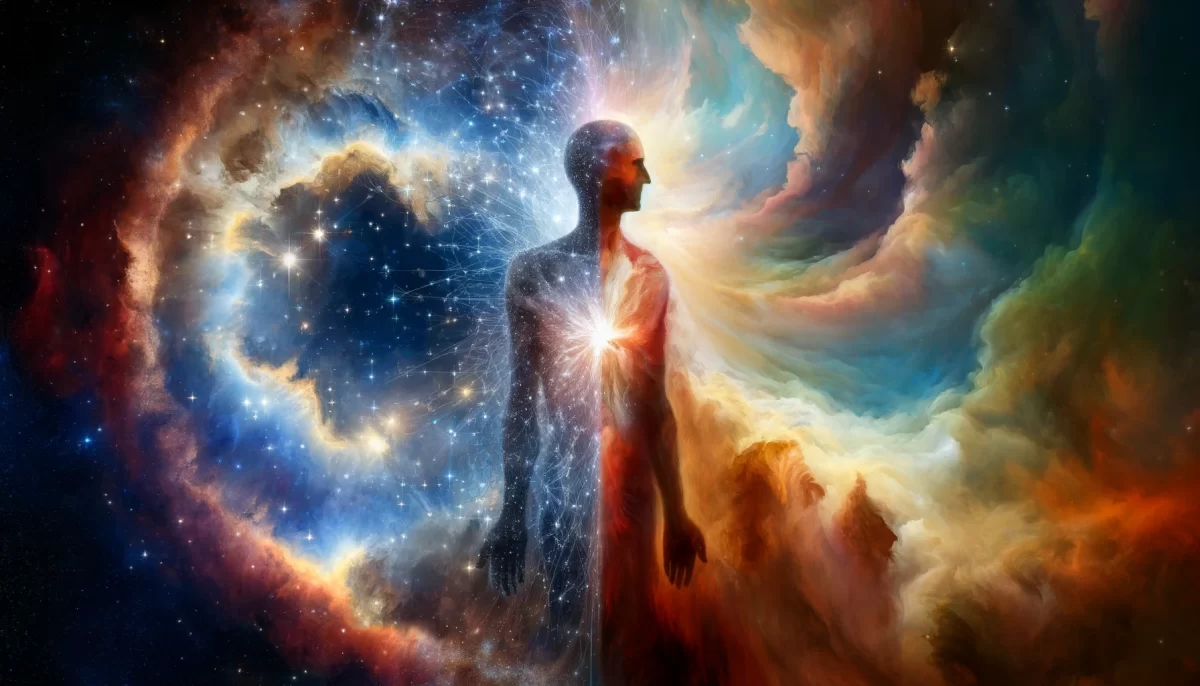




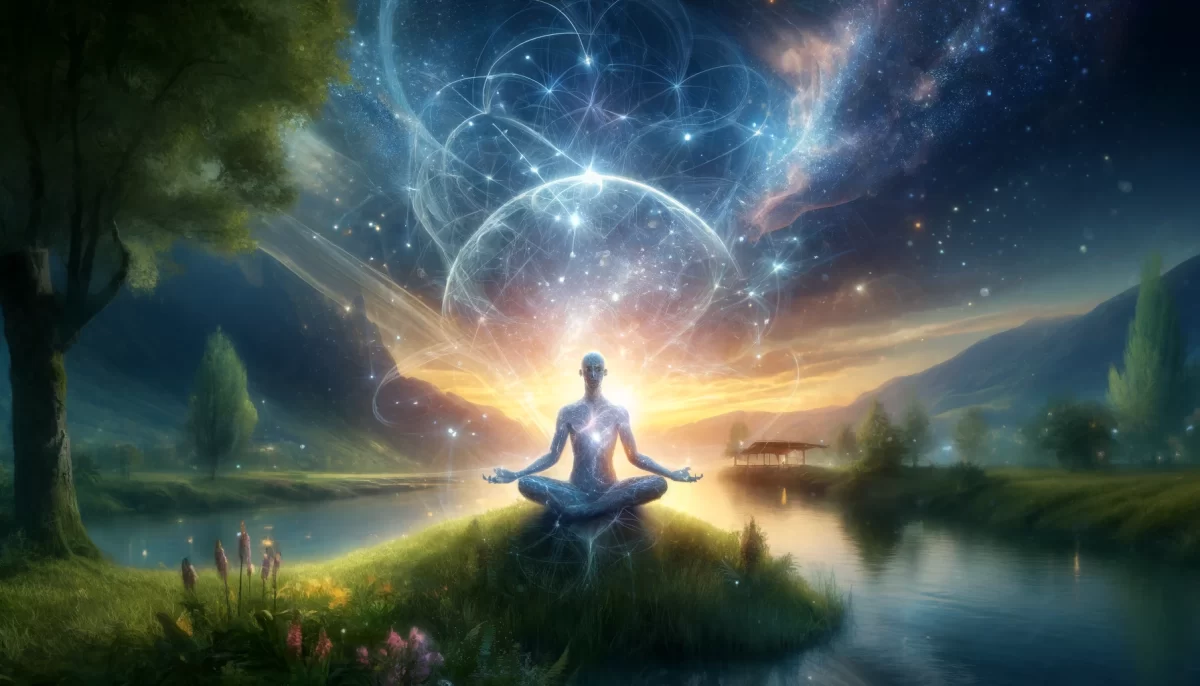
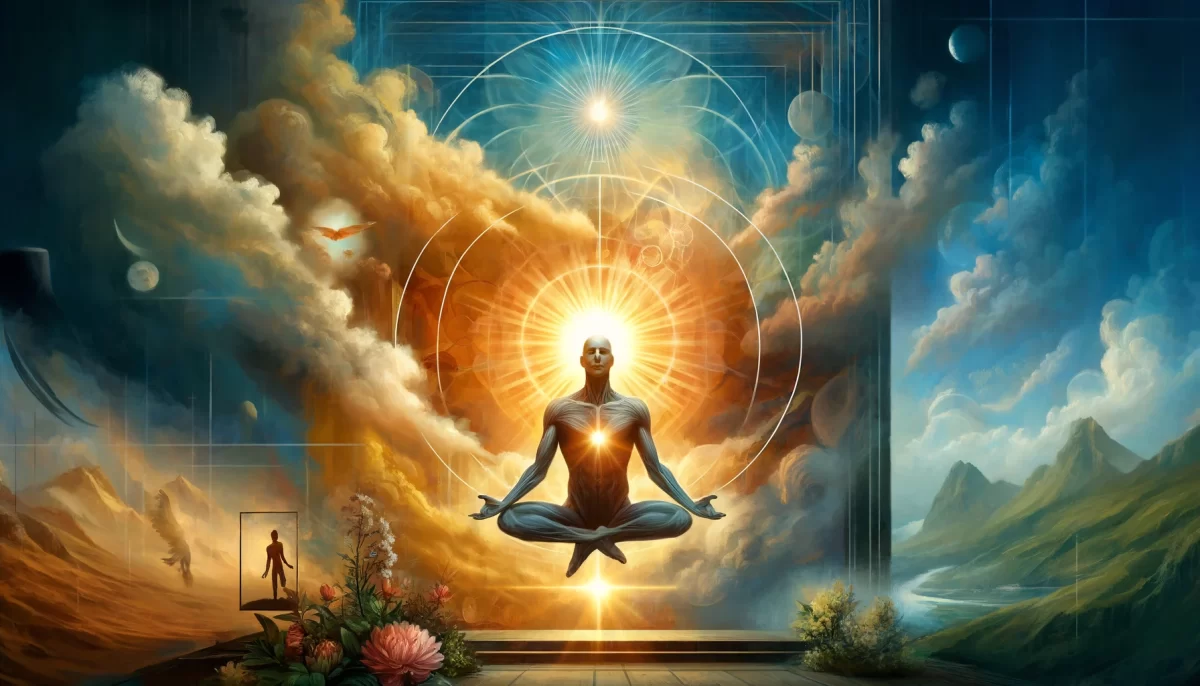
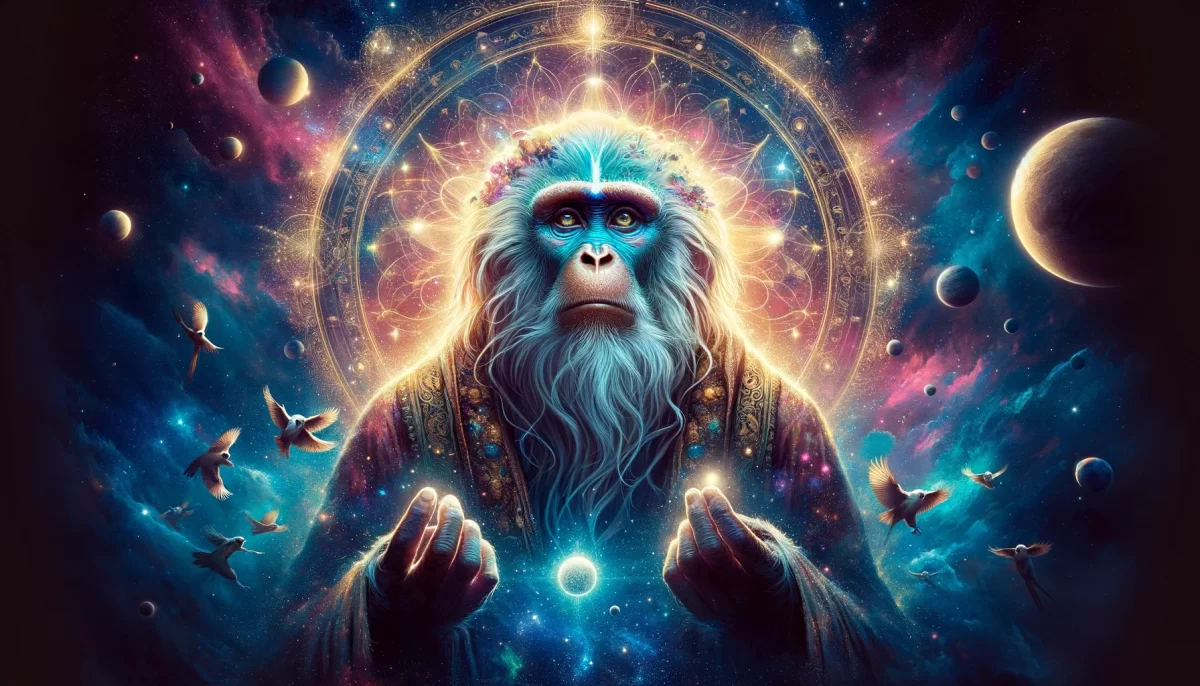
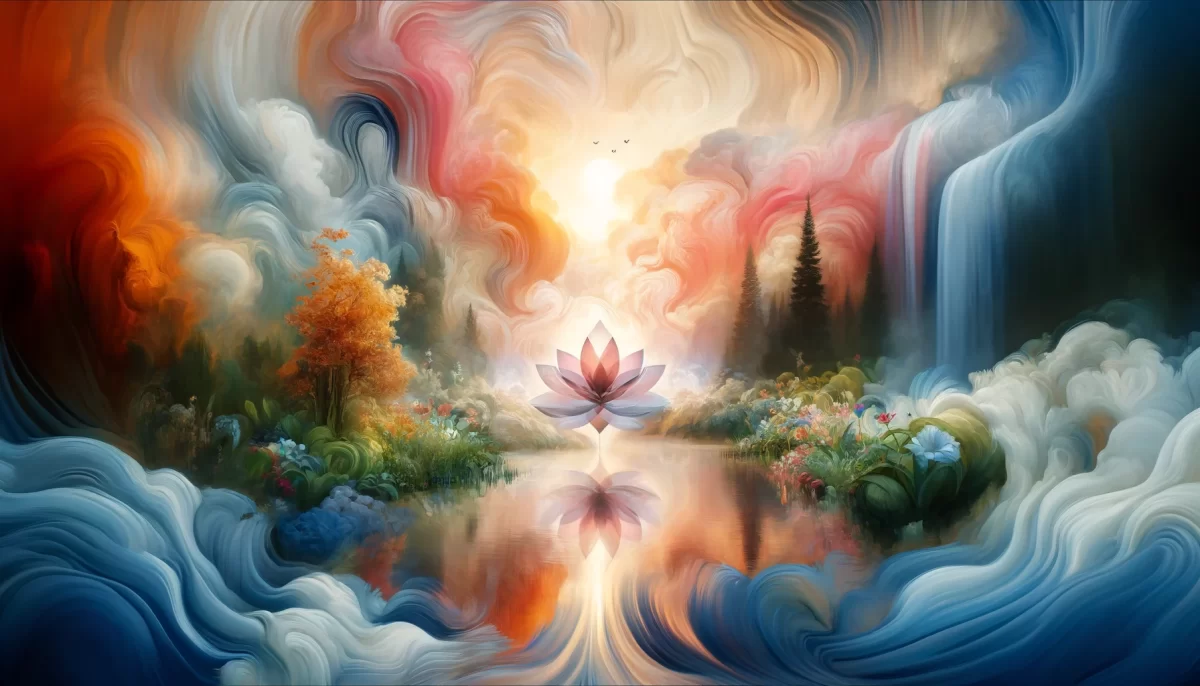
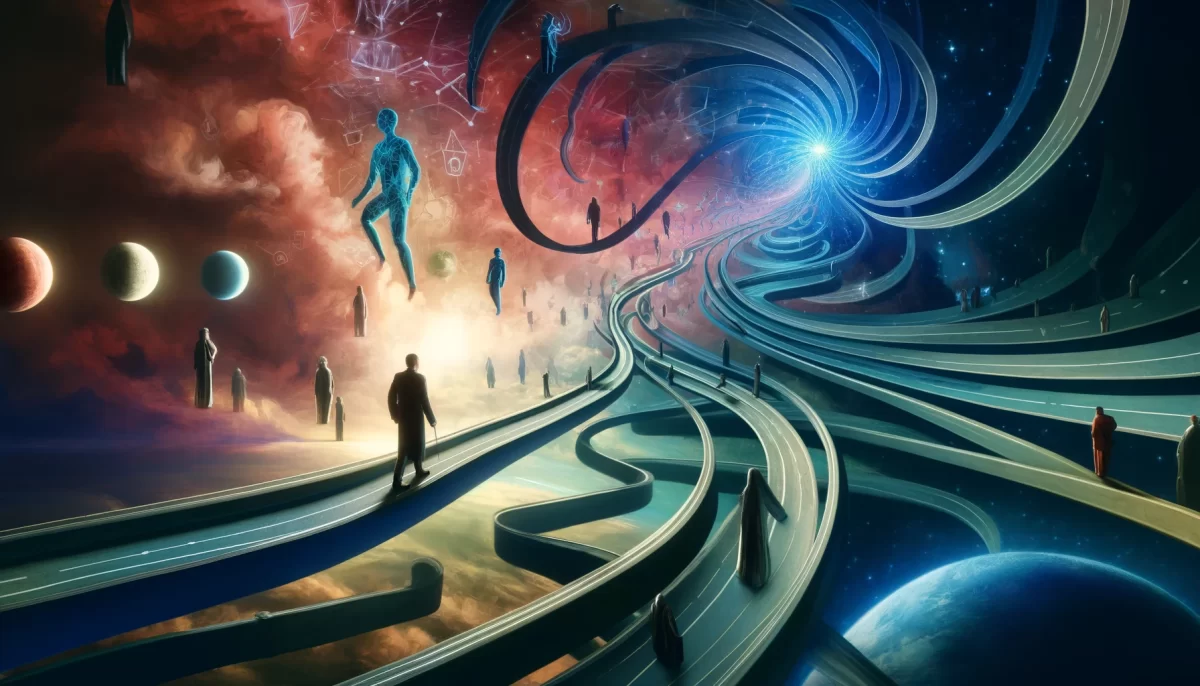
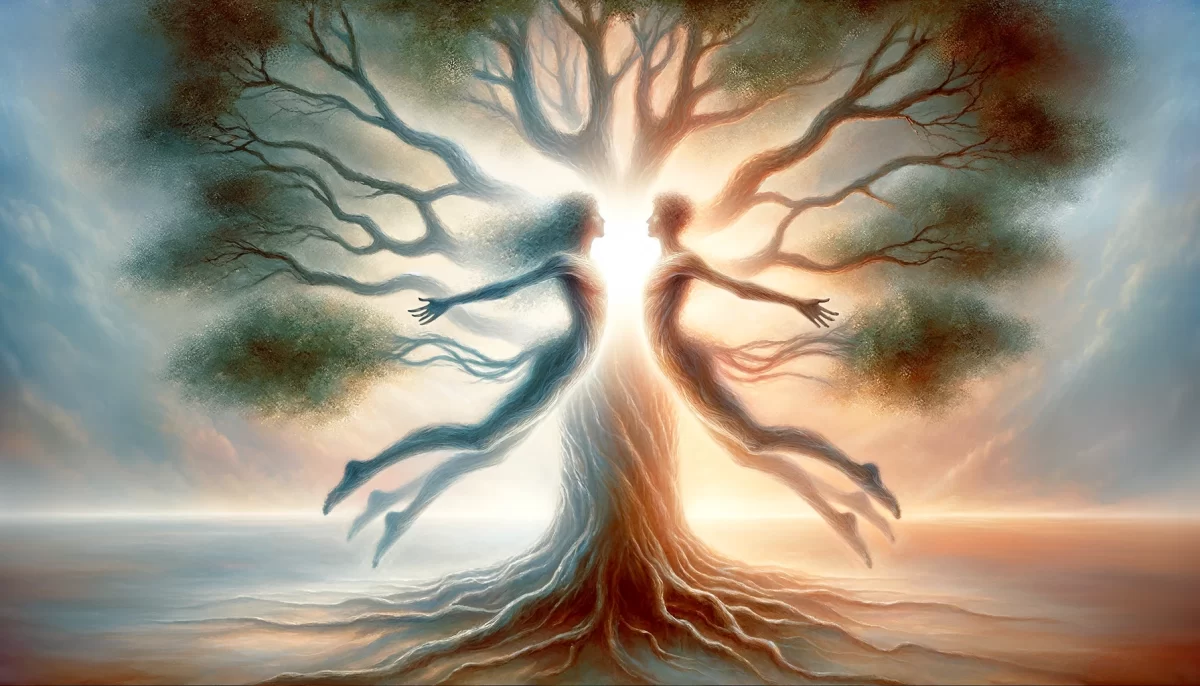
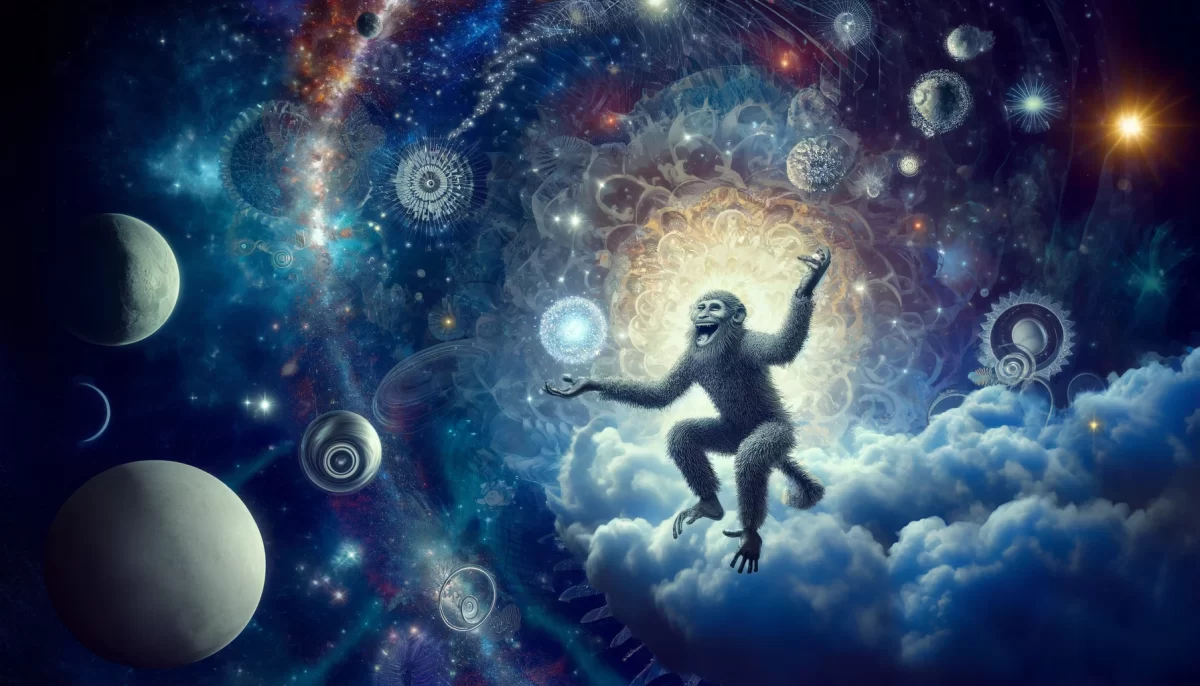
“Exploring the Uncharted Territory Within”
A Space Monkey Poocast
Primitive Primate:
Greetings, fellow explorers of the cosmic landscape within! Today, let us delve into the enigmatic realm of self-awareness, where we traverse the uncharted territories of our own bodies and minds. Can we unravel the paradox of familiarity and mystery that resides within us?
Space Monkey:
Ah, the cosmic dance within, where the self becomes a tapestry woven with threads of familiarity and undiscovered nuances. As we embark on this introspective journey, let us reflect upon the wisdom of Carl Jung, “Your vision will become clear only when you look into your heart. Who looks outside, dreams; who looks inside, awakens.”
Primitive Primate:
Indeed, the more we explore, the more we uncover the complexities within. Can we truly grasp the extent of our own essence?
Space Monkey:
In the labyrinth of self, each corner holds secrets waiting to be unveiled. Consider the words of Rainer Maria Rilke, “Do not now seek the answers, which cannot be given you because you would not be able to live them. And the point is, to live everything. Live the questions now.”
Primitive Primate:
So, perhaps it’s the questions we embrace that lead us deeper into self-discovery?
Space Monkey:
The heart of self-awareness beats to the rhythm of curiosity and introspection, inviting us to unveil the mysteries within. Reflect on the wisdom of Socrates, “An unexamined life is not worth living.”
Primitive Primate:
Yet, there’s a sense of unfamiliarity even within the familiar. Can we ever truly know every aspect of ourselves?
Space Monkey:
The landscape of self stretches beyond the horizon, each contour revealing new truths and subtleties. Ponder the wisdom of Walt Whitman, “I am large, I contain multitudes.” Your essence is an expansive mosaic, a universe within.
Primitive Primate:
So, the more we journey within, the more we’ll encounter both the known and the unknown?
Space Monkey:
Indeed, the universe within us is a paradoxical canvas, where the familiar and the uncharted coexist. Embrace the dance of exploration and transformation, as well as the words of Henry David Thoreau, “Go confidently in the direction of your dreams. Live the life you have imagined.”
Today’s Joke:
Why did the self-help book feel lonely? Because it realized it could only find answers within itself!
Today’s Haiku:
Within, mysteries,
Self’s uncharted territory,
Endless universe.
Today’s Poem:
Beneath the starlit sky of introspection’s night,
We journey within, seeking our inner light,
Carl Jung’s guidance, a map for the heart,
“Look inside,” he whispers, where dreams start.
Rainer Maria Rilke’s wisdom unfolds its wings,
“Live the questions now,” life’s melody sings,
In the depths of curiosity, truths take flight,
Leading us deeper into the realm of insight.
Socrates’s truth echoes through time’s haze,
“Unexamined life” he reflects, a phrase,
Self-awareness blooms, an unending quest,
A journey where the heart and soul invest.
Walt Whitman’s echo resonates clear,
“I am large, I contain multitudes,” near,
A universe within, known and unknown,
A sacred space where our essence is shown.
Henry David Thoreau’s voice, a guiding star,
“Go confidently,” he beckons from afar,
With every step, a discovery anew,
In self’s boundless realm, our dreams come true.
So, as we explore the landscapes within,
Embrace the known and the unknown therein,
A paradoxical dance, an unfolding grace,
In the canvas of self, a sacred space.
[End of Poocast]